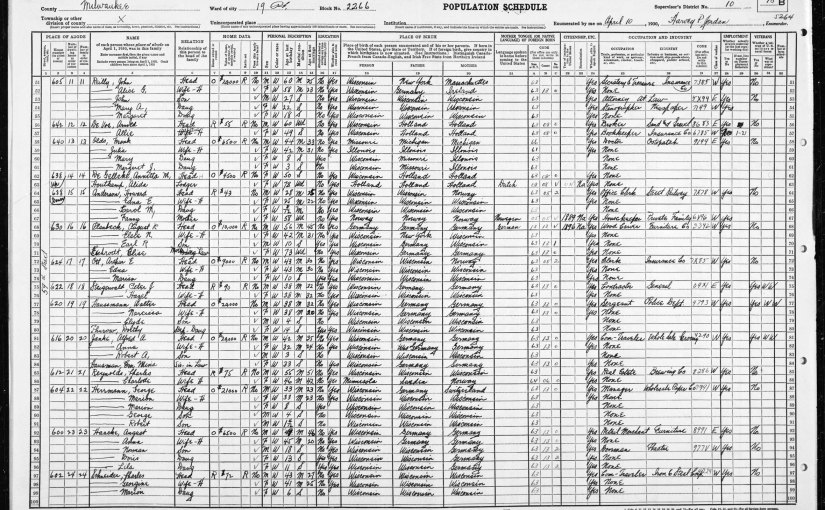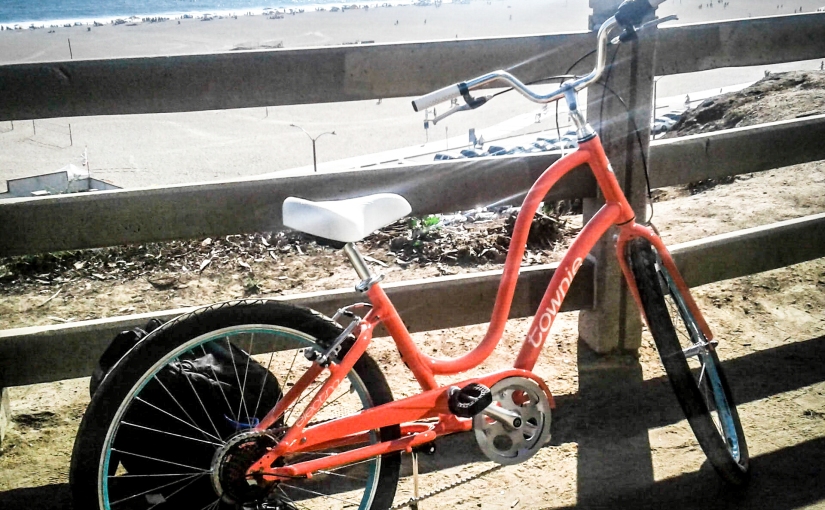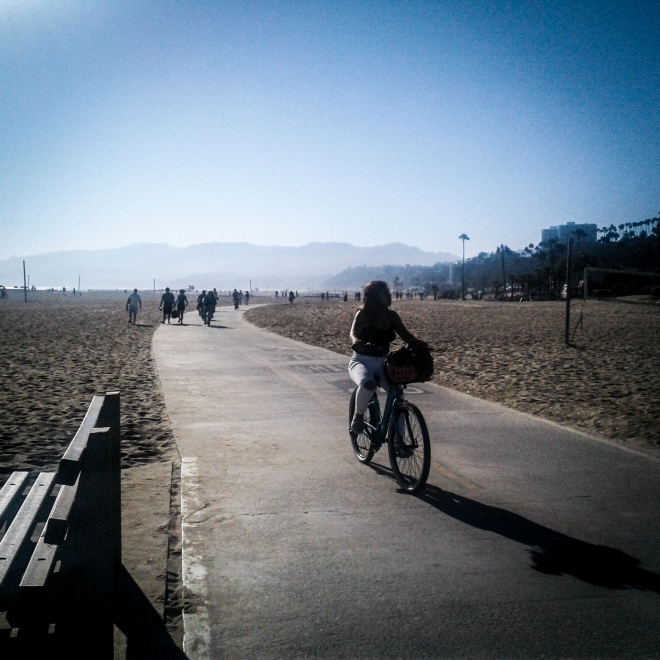About a year ago I became the victim of insurance fraud. Having worked in the insurance industry for over 10 years I knew what to do to protect myself during the incident. Even so, the claimant will receive money from my insurance company. The incident was an altercation between my vehicle and a bicyclist. I was backing out of a parking lot at 2 miles per hour, looking back in both directions. All of a sudden I heard a thud. I put on the brakes and looked in my rear view mirror. I saw a bicyclist standing in back of my car, it was like he came out of nowhere. My passenger and I got out of the car and made sure he was alright. There were no obvious signs of injury to him or his bicycle. He began to complain about his knee, so we offered to call an ambulance. He declined. We offered to drive him to the hospital ourselves or to give him a lift home. He declined. He did ask for cash for a cab. That is when we realized we were being scammed. I asked him to roll up his pant leg so that I could look at his knee. His knee was covered in visible scabs that were in the healing process. I took photos. I also took a photo of his bicycle.
Around 2 or 3 days later he called me from the hospital. He said he was there having his knee examined. I gave him my insurance information and asked him not to call me again. I called my insurance company and voiced my concerns about fraid. A fraud investigator called me and asked for my photos. He agreed with me that this was fraud. I also put my bicycle behind my car and ran my front tire into it to see what would happen. Nothing touched my knee. At the speed I was going, nothing happened at all.
I put the incident out of mind until I got a call shortly before I was to move to California. My insurance company advised me the claimant had retained an attorney and was suing me for $90,000. My insurance company offered them my policy limits of $25,000, which his attorney accepted.
Although I had ample evidence to prove this was fraud, and the fact that he did not go to the hospital for several days (a way to explain the scabs), my insurance company will be forced to pay $25,000. While this person may think it is a harmless little scam and an insurance company will pay, who really pays for fraud such as this? You, that’s who. I am angry and you should be too.
Every time a claim is paid, the cost of that claim is passed on to all of us. When an insurance company is determining insurance rates, it gathers data of all of the claims for that area to determine what the odds are of having to pay out a claim and what kind of claim. We then pay based on past events.
A Seattle woman had a landlord turn on a neighbor’s outdoor faucet and flood her basement apartment when she told the landlord she could no longer watch her children for free. The landlord was looking for a quick way to get rid of the tenant. The landlord then filed a claim with her insurance company to replace the flooring in the basement apartment. While the landlord may have thought this was a harmless little scam, who really pays for fraud such as this? You, that’s who. Just as in auto insurance, the insurance company passes the cost of fraud onto all those who pay for homeowner’s or renter’s insurance. That in turn gets passed on to the cost of doing business, which sends the price of almost everything we buy upward in a grand domino effect.
What can you do if you know of someone committing insurance fraud? Visit your state’s Department of Insurance website to learn and gather information on reporting this crime. Stamping out insurance fraud is one way to keep the cost of insurance and everything else at a lower cost.




